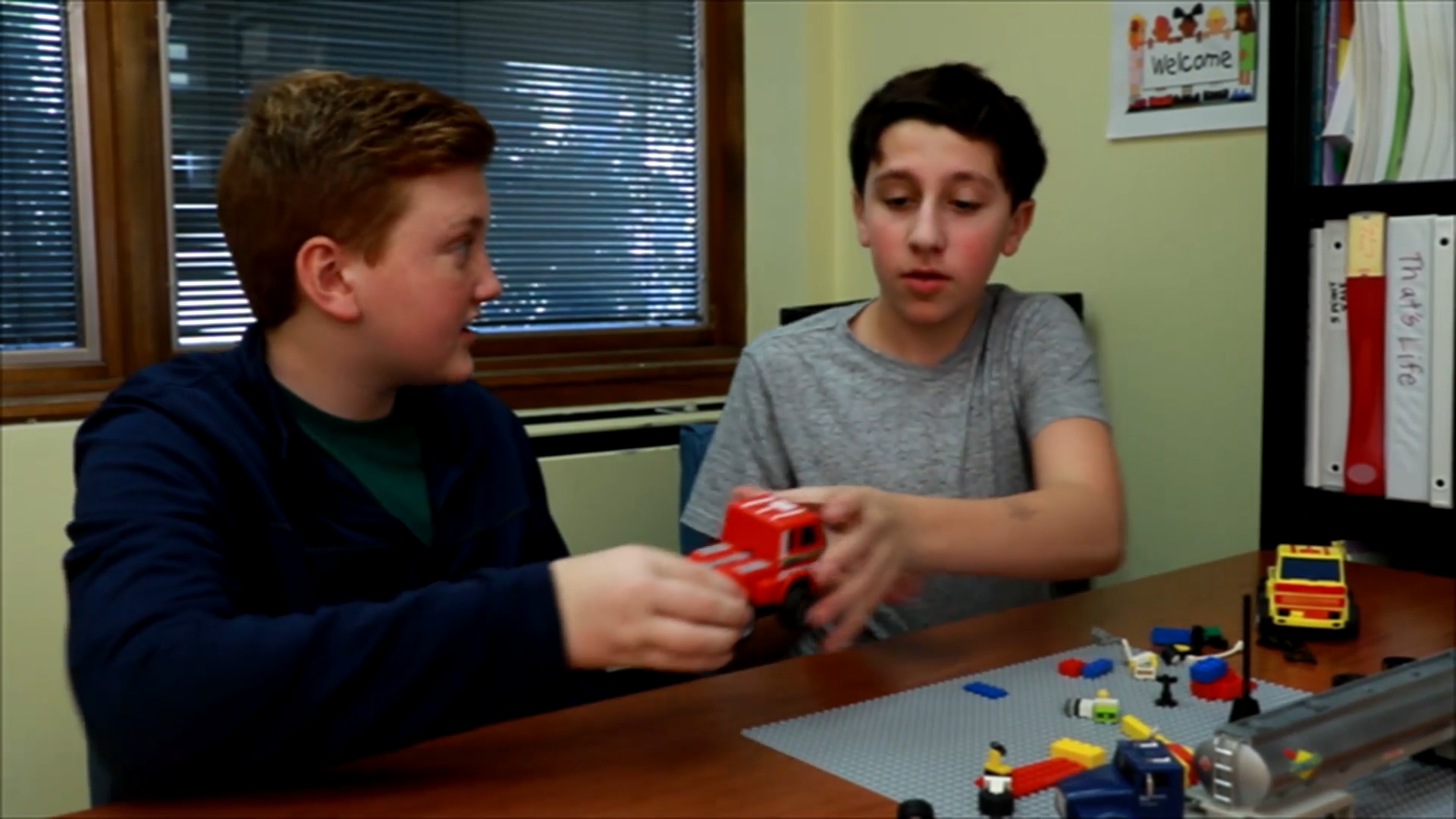
Sharing is an essential skill that helps children develop empathy, cooperation, and a sense of community. In this blog post, we will explore the importance of teaching sharing skills to elementary students and provide a no-prep activity, discussion questions, and related skills to help educators facilitate the learning process.
Introduction
Sharing is a fundamental aspect of social-emotional learning, as it encourages children to understand the feelings and needs of others. By learning to share, students develop positive social behaviors that foster healthy relationships with their peers. It is crucial for educators to incorporate sharing skills into their curriculum, as these skills can help students become more compassionate, cooperative, and understanding individuals.
No-Prep Activity: The Sharing Circle
This activity requires no preparation or materials from the educator and can be easily adapted to any classroom setting. The Sharing Circle is designed to help students practice sharing and taking turns while engaging in a fun, interactive experience.
- Ask students to sit in a circle.
- Select an object (e.g., a small toy or stuffed animal) to be the “sharing item.”
- Explain to the students that they will be passing the sharing item around the circle, and when they receive the item, they should share something about themselves or their day.
- Start the activity by passing the sharing item to the student on your left. Encourage each student to share when it is their turn.
- Continue the activity until every student has had a chance to share.
The Sharing Circle activity allows students to practice sharing in a non-threatening environment, where they can build trust and rapport with their classmates. This activity also encourages active listening and empathy, as students learn to pay attention and respond to their peers’ experiences.
Discussion Questions
These questions are designed to stimulate further discussions and help students reflect on the importance of sharing:
- Why is sharing important in our daily lives? How does sharing help us build connections with others?
- Can you think of a time when you shared something with a friend or classmate? How did it make you feel?
- What are some challenges you might face when trying to share with others? How can you overcome these challenges?
- How can you encourage others to share more often?
- What other skills are related to sharing, and how do they help us grow as individuals and as a community?
Related Skills
Teaching sharing skills to elementary students can be complemented by other crucial social-emotional learning skills, such as:
- Empathy: Understanding and sharing the feelings of others is closely related to sharing, as it helps students develop compassion and a willingness to support their peers.
- Active Listening: Being able to listen and respond to others’ thoughts and feelings is essential for effective communication and successful sharing experiences.
- Cooperation: Working together and sharing resources are key components of cooperation, which is necessary for building strong relationships and accomplishing group tasks.
- Problem Solving: Conflict resolution and problem-solving skills can help students navigate challenging situations involving sharing and find solutions that benefit everyone involved.
Next Steps
Teaching sharing skills to elementary students is a vital aspect of social-emotional learning that can greatly impact their development and relationships with others. To further enhance your students’ skills, sign up for free sample materials and explore more activities and resources designed to promote social-emotional learning in the classroom.

